The 14 Smartest and Most Innovative Cities in America

14 Smart Cities in the US: Leading Innovation to Watch
The concept of smart cities has been around longer than one might think. The first smart city, Seuol, started its initiatives in 2014. Since then, the concept has spread around the world.
With recent advancements in AI and analytics, modern technologies have become more affordable, powerful and efficient, enabling the adoption of more smart city projects.
Several smart cities in the U.S.A. are leading the way in innovation. Their initiatives inspire others with projects in smart infrastructure, energy efficiency, sustainability and the seamless integration of digital services that use AI for good.

What Makes a City Smart?
A smart city uses data and connected technology to improve the quality of life for visitors and residents. By leveraging sensors, data, analytics, AI and the cloud, smart city solutions are revolutionizing how cities can thrive now and in the future.
Even in the most populated cities, transportation programs and innovations such as smart traffic lights, real-time wayfinding, bike-sharing and smart parking can ease mobility and reduce congestion, making city life more time- and energy-efficient.
By design, smart city projects should have a positive impact on sustainability. Transit-related initiatives can improve air quality by optimizing routes and reducing idling times, while the adoption of LEDs and smart lighting can reduce energy consumption. Additionally, smart home meters help residents monitor their energy and water to conserve and reduce waste, while utility projects can improve water usage at scale while minimizing pollution.
Smart cities’ hallmark characteristic, though, is enabling connectivity for all. Linking people to the resources and information they need, from critical services to education to entertainment, improves the quality of life for citizens and tourists alike. It also helps city leaders capture and analyze data to generate additional insights about civic operations and how to innovate new services for citizens’ benefit. Connectivity, then, is an important component to driving public engagement and empowering residents to play an active role in creating smart cities of the future.

14 Smart Cities in the U.S.
The key features of smart cities are smart infrastructure, sustainable energy management and seamless integration of digital services, including internet access for everyone. Among the numerous smart cities to watch in the U.S., 14 stand out for their incorporation of foundational projects that push the smart-city concept in new and innovative ways.
1. Dallas, Texas
Kicking off our smart city list is Dallas. The Smart Dallas vision is to be one of the most attractive cities by 2030. They started with a pilot project in a troubled neighborhood, adding LED street lights, AI-enabled cameras with environmental monitors for air quality, and ubiquitous WiFi. The project reduced crime and increased digital connectivity for the pilot neighborhood.
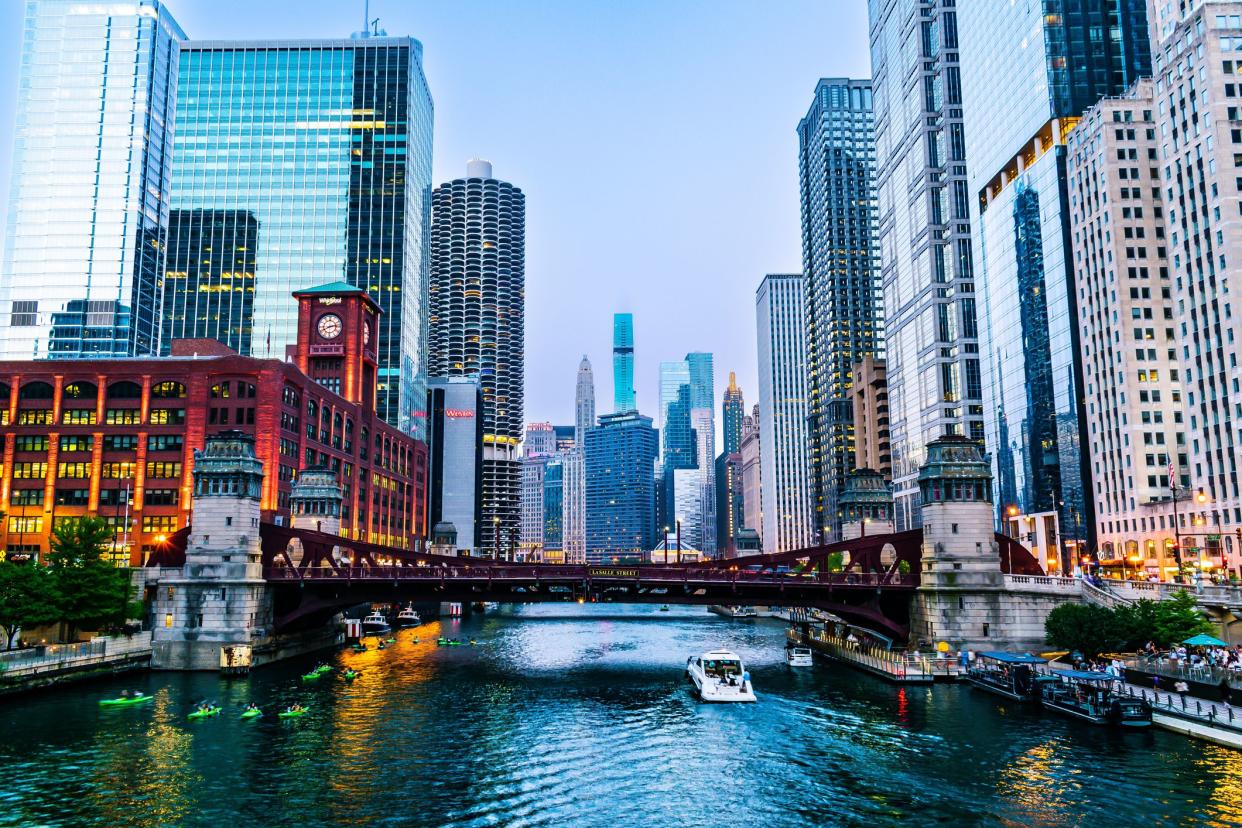
2. Chicago, Illinois
Connect Chicago is adding internet access and providing digital skills training and online learning to help people upskill and reskill for the new economy. The Chicago Works for You program provides online views of service delivery, and the Chicago City Health Atlas keeps residents informed on local health trends.

3. Denver, Colorado
Denver’s CityNow program tests solar mini-grids and remote-controlled LED streetlights to minimize energy use. It is also piloting a smart road system with real-time navigation recommendations to help reduce congestion.
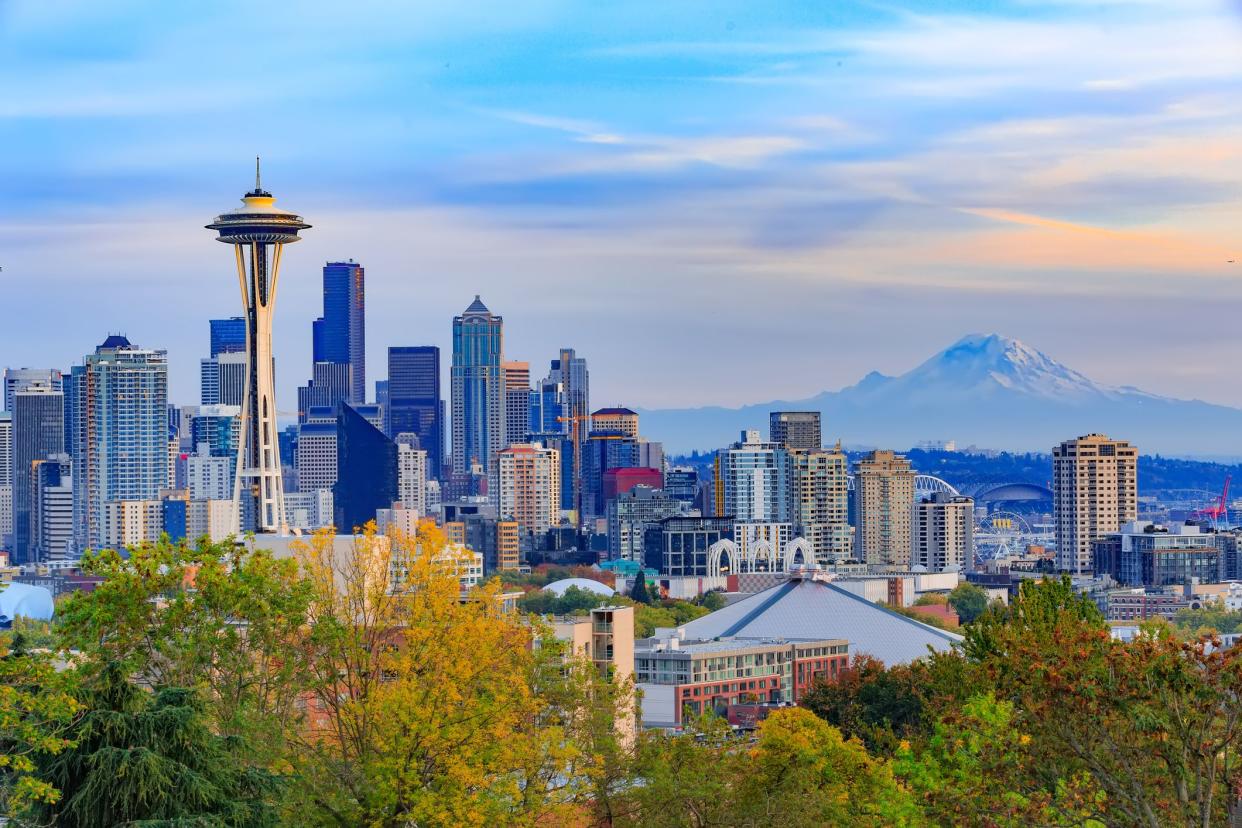
4. Seattle, Washington
Seattle has developed a Food Rescue Innovation Lab to find real-time information on excess food. The system provides the best logistics for getting and redistributing food to people with food insecurity and helps reduce food waste.

5. Charlotte, North Carolina
Access Charlotte is extending internet access and improving digital navigation. The Learn2Earn provides digital literacy and online learning for skills development. Smart Charlotte Engagement aims to achieve digital equity and civic innovation.
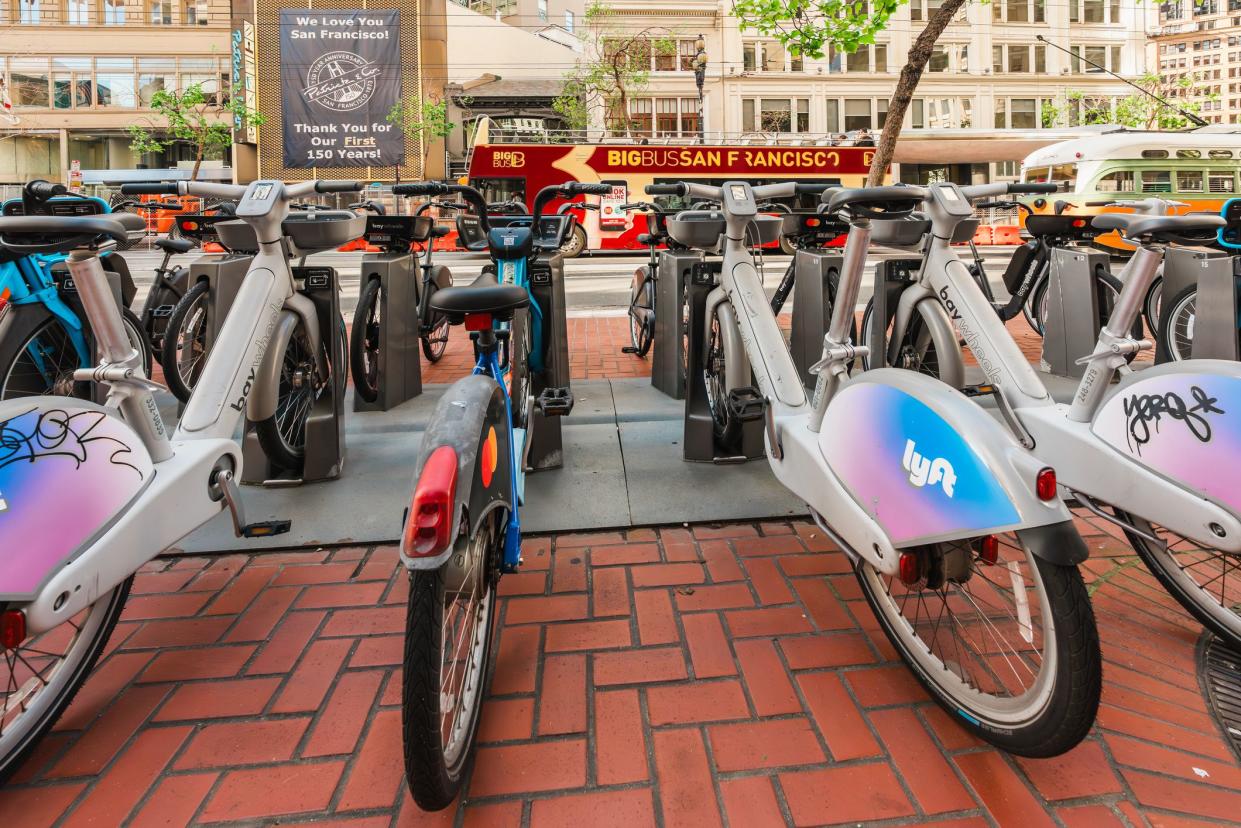
6. San Francisco, California
San Francisco focuses on smart transportation, with a bike-sharing program that reduces the number of vehicles in the city, and a program called SFpark that uses smart parking meters and sensors to provide real-time parking info to reduce congestion and emissions. Meanwhile, the city’s smart waste program puts sensors on waste cans to monitor when they are empty and reduce unnecessary trips for trash collection.

7. Washington, DC
The nation’s capital uses AI and analytics from video cameras to monitor who and what is moving through the city, including cars, bikes, buses and pedestrians. Officials also added smart street lights to reduce energy use, and they built digital kiosks for free public WiFi to promote citizen connectivity.

8. Boston, Massachusetts
Boston has added innovative parking apps to reduce congestion. Go Boston 2030 is an initiative to encourage alternate forms of transportation. Boston also installed smart lighting to reduce energy and added free public WiFi to improve the citizen experience.

9. Chattanooga, Tennessee
Chattanooga is one of two U.S. smart cities that use AI and digital twins to develop smart intersections. It will include the U.S.’s most significant urban deployment of IoT devices. The data collected will help optimize trucking routes.
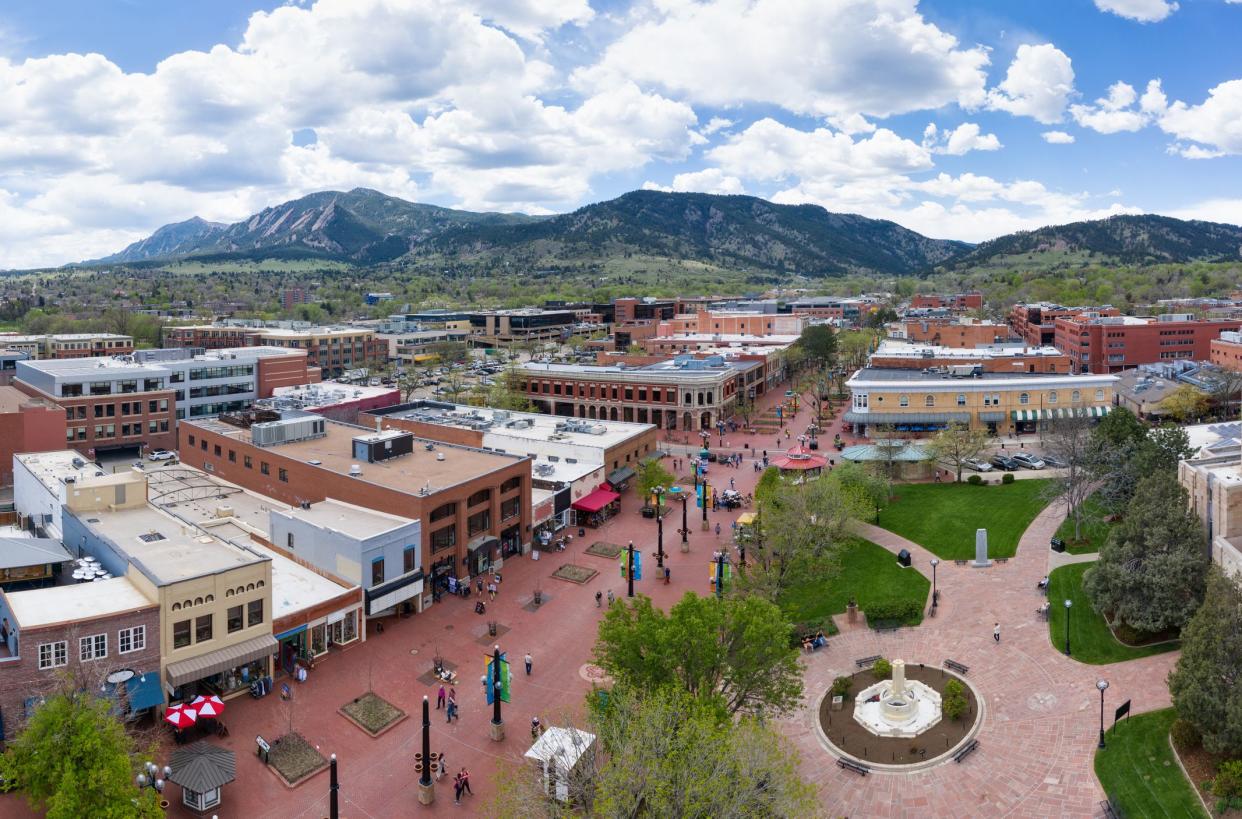
10. Boulder, Colorado
As in other cities, Boulder has added smart parking to reduce congestion, but it’s gone the extra mile to enable vehicle-to-grid EV charging to reduce emissions, and it’s enabled real-time smart air quality monitoring.
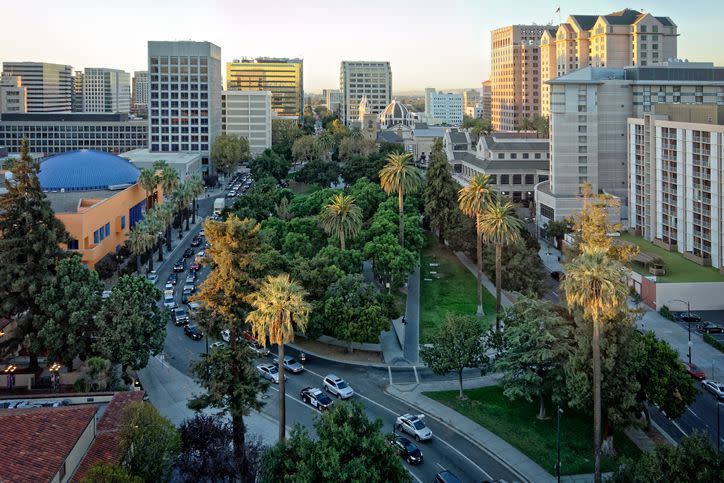
11. San Jose, California
San Jose aims to close the digital divide by expanding internet access and WiFi extenders. The Bay Area city also was the first to adopt FirstNet to facilitate reliable communication between all first responders

12. New York City
New York City, like Chattanooga, makes fantastic use of AI and analytics with digital twins to create a smart system to modernize its aging grid. LinkNYC is adding free WiFi and charging stations and smart traffic management systems, while smart traffic lights using AI-enabled video cameras are helping to reduce congestion in the city.

13. Miami, Florida
Miami maximizes city poles by adding IoT sensors and smart lights to save energy. The city has also focused heavily on smart civil building infrastructure, including temperature control, facial recognition and AI assistants.

14. LaGrange, Georgia
LaGrange unveiled a new solar roadway system that produces energy for a solar-powered EV charging station. These are the first road surface-powered solar panels in a U.S. city.
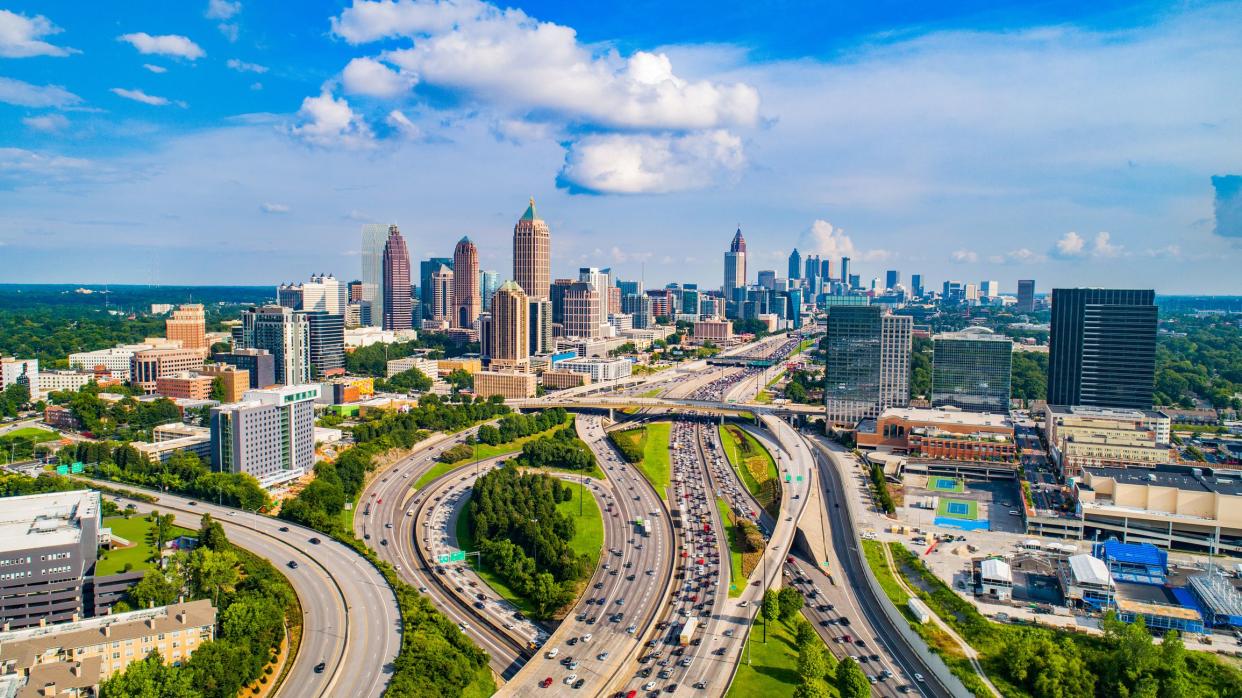
Future Trends in Smart Cities
It has yet to be determined what smart cities will look like in the future. Will we see flying taxis, wide-scale drone deliveries, self-driving cars, hoverboards and hyperloops? Maybe. But, if we follow existing trends, cities will be more harmonious with nature, find expanded use of natural resources and have ubiquitous connectivity.
Cities will likely add more community green space, including communal gardens where residents can access locally grown fruits and vegetables. Adding more green spaces throughout cities and on rooftops will also help improve air quality and the overall experience of living in metropolitan areas.
Smart cities are at the forefront of the global effort to achieve a sustainable future. Technology, particularly AI, will play a pivotal role in this transformation. For instance, AI will revolutionize utility grids, enabling autonomous monitoring and self-maintenance. Moreover, smart cities will rely on more reliable and sustainable fuel sources, including biodegradables, thereby reducing our dependence on fossil fuels.
One of the most exciting areas of transformation in smart cities is healthcare. The integration of AI in diagnostics and personalization is set to revolutionize the healthcare landscape. This could lead to a proliferation of remote care solutions and customized treatments, significantly improving healthcare accessibility and quality.
In the future, smart city projects will achieve connectivity for everyone. Students and adults will have access to educational programs and topics taught worldwide. Ubiquitous connectivity will finally close the knowledge and experience gap by enhancing everyone’s lives with realistic tours of museums, historic locations anywhere in the world, and more.
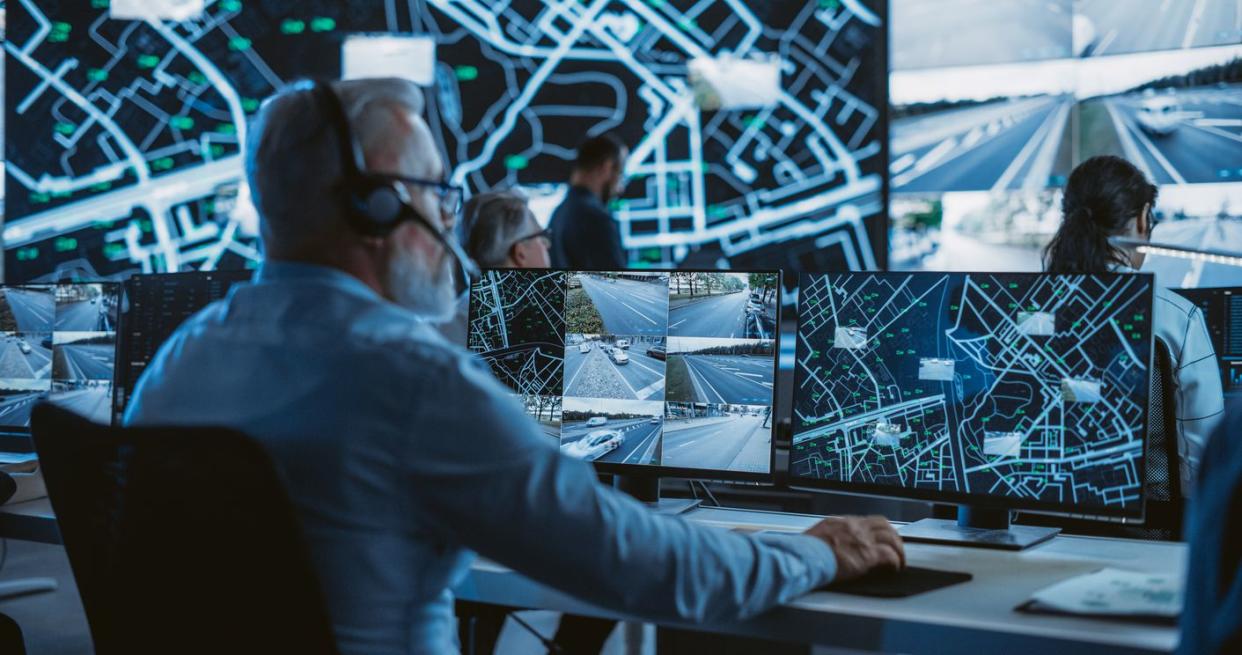
Overcoming Challenges in Smart City Implementation
Addressing data privacy concerns is a significant challenge with smart cities. People need to know what data is collected, how it is collected and how it is stored. Cities must educate citizens about these critical concerns and the benefits of using data to improve daily life. By developing a shared understanding about the data collected and how it’s used, smart cities can inspire better cooperation and collaboration with citizens.
And make no mistake, smart cities require a lot of data. Managing large datasets can be challenging for companies; imagine the task for a municipality dealing with many separate organizations (agencies, utilities, vendors, etc.) along with residents’ data. All of the information collected from these disparate sources must be stored, combined, structured, analyzed, migrated to the cloud and integrated with new solutions and services. Cities should work with experienced system integrators to streamline the process.
Cybersecurity is a risk with any technology project. Smart cities are no different, especially as they collect data from thousands or millions of endpoints, some of which may have personally identifiable information – compounding the privacy concerns noted above.
Project officials must ensure robust encryption techniques when transmitting data, they must go to great lengths to collect only the essential data, and data storage should be decentralized to add another layer of protection. Technologies like blockchain and AI can help safeguard systems and data, and including experienced cybersecurity experts is essential.
Another overlooked challenge, surprisingly, is that not everyone has access to the internet. The digital divide is real. Bringing connectivity to underserved communities and being inclusive in urban internet access is a key feature of smart cities. Some of the top smart cities in the U.S., in fact, have dedicated programs that add WiFi kiosks to extend internet access for those who don’t currently have it. Other cities are using multi-use towers with smart lights and AI-enabled video cameras to install WiFi extenders for improved access.
Regulations can protect all parties involved in smart city programs, and they can help to build confidence in the concept. The Smart Cities and Communities Act of 2021 aimed to update the nation’s physical infrastructure using data analytics and sensors to improve energy, water and transportation services.
The Cybersecurity and Infrastructure Security Agency (CISA) also joined several other countries in releasing guidelines for protecting assets in smart city programs. As smart cities in the U.S. add additional categories of projects, more regulations will likely evolve.

Taking the Next Steps Toward Smarter Cities
Becoming a smart city doesn’t happen overnight. Civic leaders should start with one project, something visible and with an immediate impact like traffic management, to prove the concept and build support.
Engaging citizens is essential. Smart cities need data collection, and that requires citizen cooperation. Citizen input ensures that smart initiatives align with their needs, and it helps provide a shared sense of responsibility among residents for the project’s success.
Another benefit of collecting citizen input is uncovering innovation to urban living challenges, a hallmark of smart cities and a key consideration for city planners.
Citizen ideas can lead to efficient solutions, like more online service options. For example, the pandemic drove wide acceptance of the telehealth industry. It was a necessity then, but now it’s a consistent and widely accepted way to provide more people with easy access to healthcare.
Collaborating and learning from citizens and other cities is key to the future. Without knowing what works and what doesn’t, how can smart cities hope to evolve and become even smarter? Information sharing and other collaborative efforts should include a number of stakeholders, even technology companies and associations like the Cellular Telephone Industries Association (CTIA), in addition to the “usual suspects” of governments, universities and citizen-led groups.
One collaborative example is the CityBridge program in New York City. The goal of this initiative is to replace 6,400 payphones with smart kiosks that provide and extend WiFi signals. Funding will come not from taxes, but from the advertising displayed on the kiosks, an excellent example of public/private partnership and creative thinking.
In another example, Chattanooga, Tennessee, is working with the US Department of Energy (DOE) to analyze freight-based traffic congestion using digital twins and AI. Truck congestion leads to wasted time and fuel. The project aims to optimize trucking routes and pave the way to truck-based transport efficiency throughout the US.
Smart city initiatives are noble endeavors. The innovative projects in 14 of the top smart cities in the USA will lead to a smarter and more efficient future.
This article originally appeared on Sandtech.com and was syndicated by MediaFeed.org.

